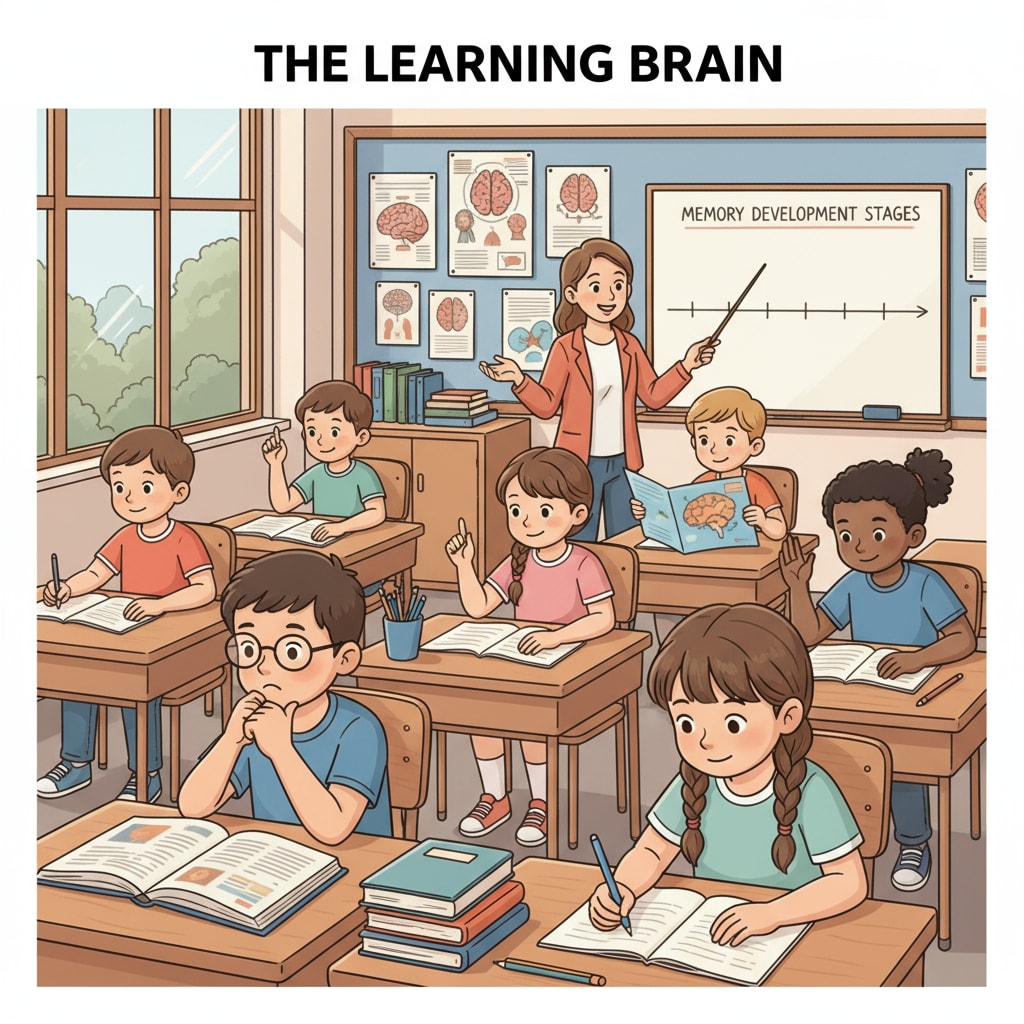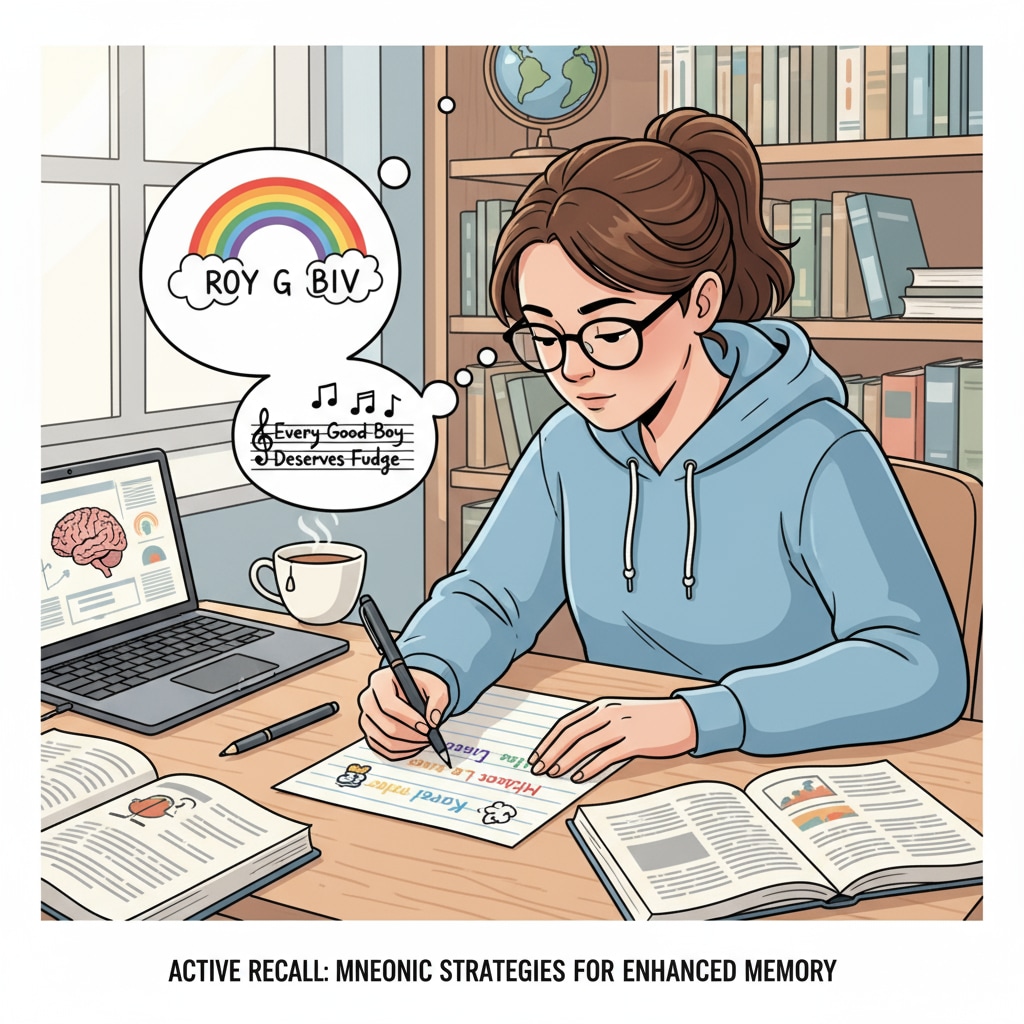In the realm of K12 education, the question of whether ordinary memory can evolve into “photographic memory” has intrigued students, parents, and educators alike. Memory development is a complex yet fascinating process that holds the key to academic success. Let’s delve into the science, debunk the myths, and explore effective strategies for enhancing memory.

The Basics of Memory Development
Memory development in K12 is a progressive journey. According to Memory on Britannica, there are different types of memory, such as short – term and long – term memory. In the early K12 years, children’s short – term memory capacity gradually increases. For example, a young student might start by being able to remember a few words, and over time, can hold more information in their short – term memory.
As they progress through K12, the ability to transfer information from short – term to long – term memory also develops. This process is crucial for retaining knowledge for exams and future use. However, it’s important to note that everyone’s memory development pace is different.
The Myth of “Photographic Memory”
Many people believe that “photographic memory,” or the ability to remember everything one sees with perfect accuracy, is a common goal in memory development. But in reality, true photographic memory is extremely rare. As stated on Eidetic memory on Wikipedia, what is often mistaken for photographic memory might be enhanced recall due to other factors.
For instance, some students may seem to have an excellent memory because they are highly interested in a subject. Their focused attention allows them to remember details better, but it’s not the same as having a genuine photographic memory. Understanding this myth is essential in setting realistic goals for memory improvement.

Strategies for Memory Enhancement
Although achieving true photographic memory may be out of reach for most, there are numerous effective ways to improve memory during K12. One such method is the use of mnemonic devices. For example, creating an acronym to remember a list of items can make it easier to recall. Another strategy is spaced repetition. Reviewing information at intervals helps transfer it from short – term to long – term memory.
In addition, getting enough sleep is vital. Sleep plays a crucial role in consolidating memories. A well – rested student is more likely to remember what they have learned during the day. Also, staying organized, such as using a planner to keep track of study schedules, can reduce mental clutter and improve memory.
In conclusion, while the idea of developing from ordinary memory to “photographic memory” in K12 is an exciting concept, it’s important to approach memory development with a realistic mindset. By understanding the science behind memory, dispelling myths, and applying effective strategies, students can enhance their memory capabilities and achieve better academic performance.
Readability guidance: We have used short paragraphs and lists to summarize key points. Each H2 section has relevant information presented in an organized way. Passive voice and long sentences have been kept to a minimum, and transition words have been evenly distributed throughout the text.


